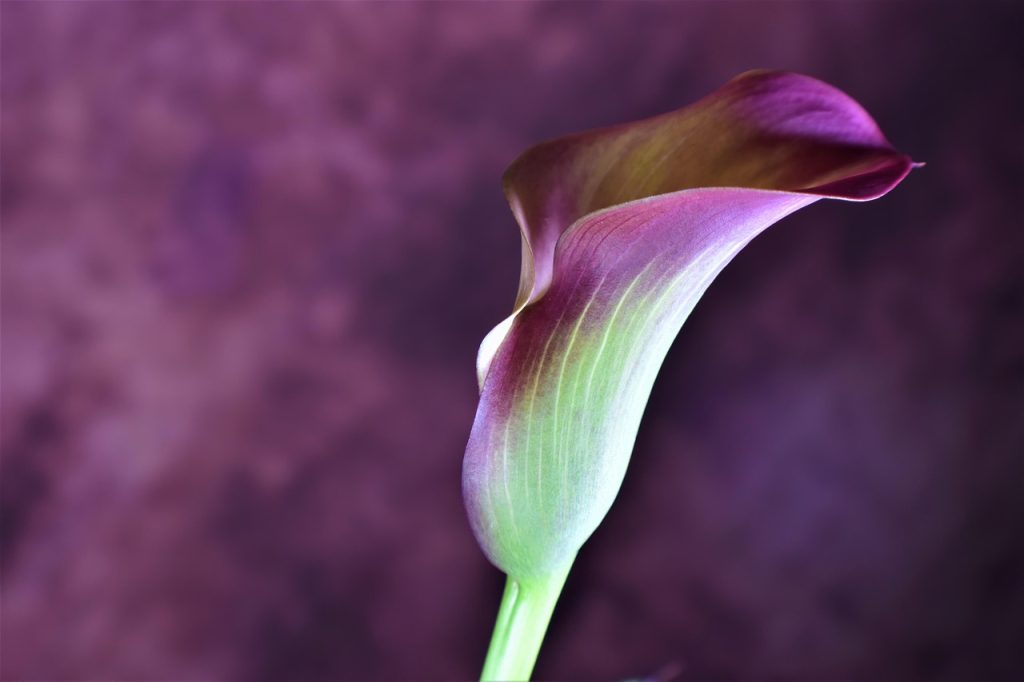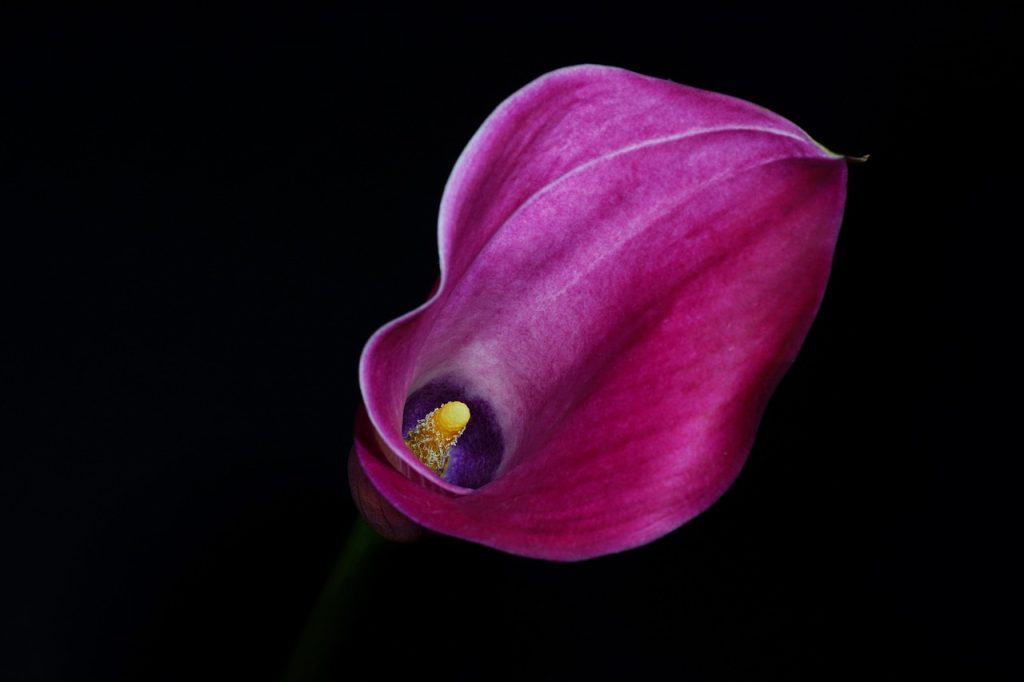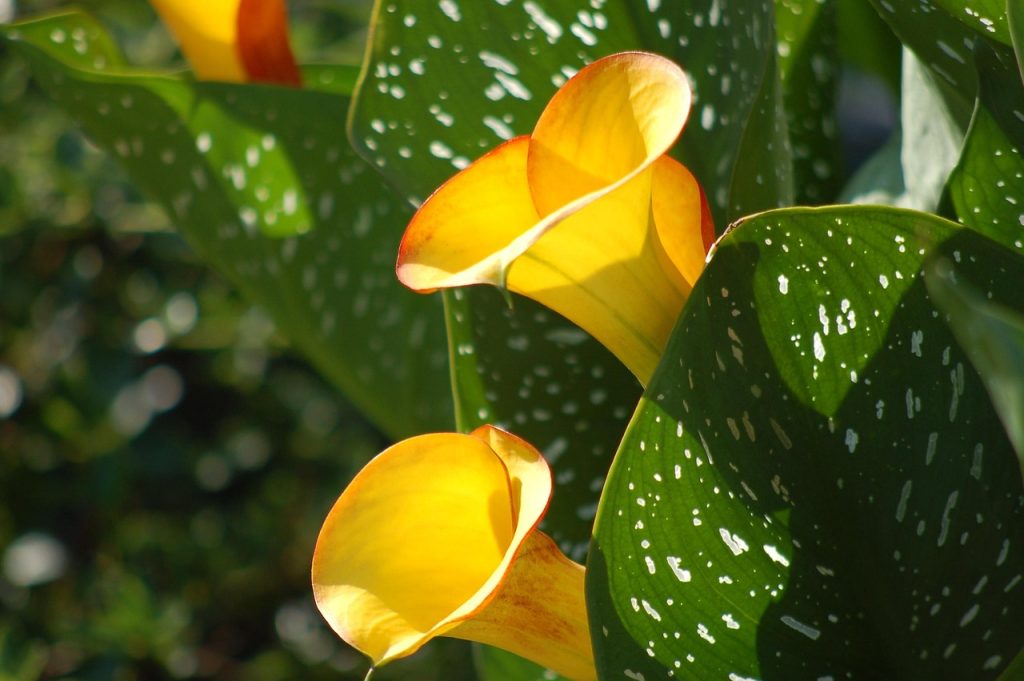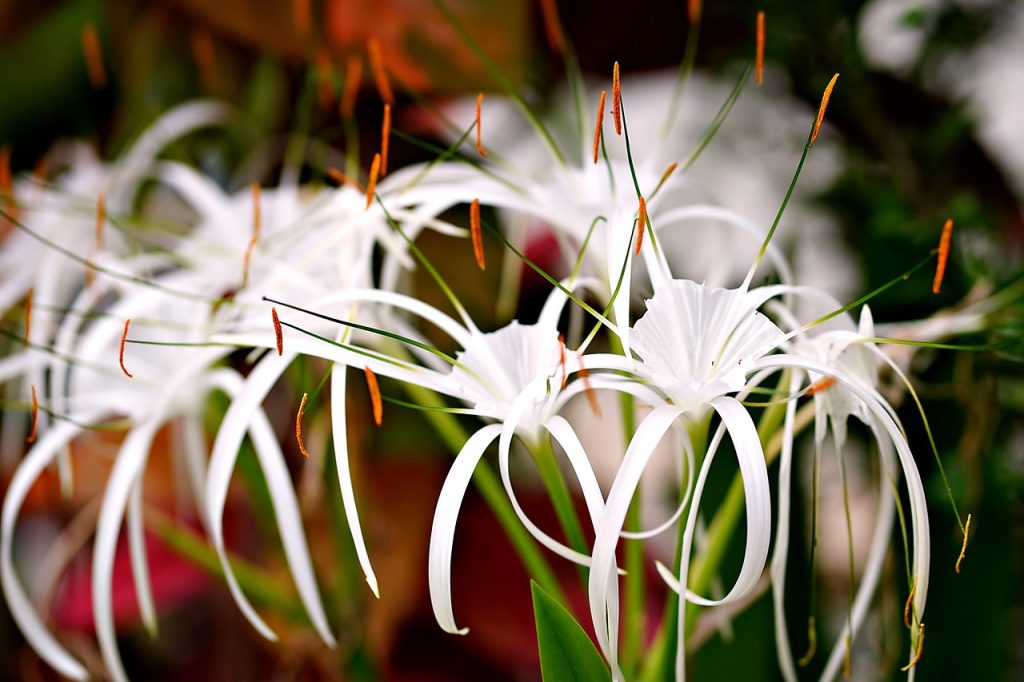Calla lilies (Zantedeschia spp.) are beloved for their elegant, trumpet-shaped blooms and lush, arrow-shaped foliage. Native to South Africa, these plants are not true lilies but are prized for their versatility in gardens, containers, and as houseplants. Available in a stunning array of colors, including white, pink, yellow, and deep maroon, calla lilies add a touch of sophistication to any setting. Whether you’re a beginner or an intermediate gardener, learning how to care for calla lily plants is straightforward with the right guidance. This article provides a comprehensive, easy-to-follow guide to ensure your calla lilies thrive indoors or outdoors, based on trusted U.S. gardening sources like Better Homes & Gardens, The Spruce, Gardening Know How, and Garden Design, along with insights from Reddit gardening communities.

Types of Calla Lilies
Calla lilies come in various cultivars, each with unique colors and characteristics suited for specific environments:
- Classic White (Zantedeschia aethiopica): Known for its pure white spathes and tall green stems, this variety is hardy in USDA zones 8-10 and thrives outdoors in mild climates. It’s also popular as a houseplant due to its striking appearance.
- Pink Calla Lilies (Zantedeschia rehmannii): These soft, romantic blooms are ideal for indoor settings or as summer bedding plants in containers.
- Yellow Calla Lilies (Zantedeschia elliottiana): Vibrant and cheerful, these are perfect for adding color to outdoor gardens or mixed borders.
- Purple/Maroon Hybrids: These deep-hued varieties create dramatic statements in garden beds or as cut flowers in bouquets.
For indoor growing, compact varieties like Z. rehmannii or hybrids are best due to their smaller size (12-18 inches tall). For outdoor gardens, Z. aethiopica or taller hybrids (up to 36 inches) are excellent choices, especially in warmer zones where they can remain in the ground year-round.
Care for Calla Lily: Light Requirements
Calla lilies thrive in bright conditions but need protection from intense heat:
- Outdoors: Plant in full sun to partial shade. In cooler climates (zones 3-7), full sun is ideal for robust blooms. In warmer areas (zones 8-10), provide afternoon shade to prevent scorching, especially during summer. A spot with morning sun and dappled afternoon shade works well.
- Indoors: Place near a south- or west-facing window to ensure 6-8 hours of bright, indirect light daily. Direct sunlight can burn leaves, so use sheer curtains if necessary. Rotate potted plants every few weeks for even growth.
Seasonal Adjustments: During winter, indoor calla lilies may need supplemental lighting (e.g., a grow light on a 12-hour timer) if natural light is limited. Outdoors, ensure plants aren’t shaded by deciduous trees in fall.
Care for Calla Lily: Soil & Potting
Calla lilies require well-draining, nutrient-rich soil to prevent root rot:
- Soil Type: Use a loamy, slightly acidic soil (pH 6.0-6.5). Enrich garden beds with compost or organic matter before planting. For containers, choose a high-quality, peat-free potting mix formulated for bulbs or houseplants.
- Drainage Needs: Calla lilies are semi-aquatic but cannot tolerate soggy soil. Ensure pots have drainage holes, and avoid letting water pool in saucers. In garden beds, amend heavy clay soils with sand or compost to improve drainage.
- Container Tips: Select pots 6-8 inches deep for single rhizomes, or wider for multiple plants. Terra-cotta or ceramic pots are ideal, as they allow airflow. Repot every 1-2 years to refresh soil and prevent overcrowding.

Care for Calla Lily: Watering Needs
Proper watering is critical for calla lily health, as they love moisture but are prone to overwatering:
- Growing Season (Spring-Summer): Keep soil consistently moist but not waterlogged. Water outdoor plants when the top inch of soil feels dry, typically 1-2 times per week, depending on rainfall. For indoor plants, water weekly, checking soil moisture with your finger. Use a watering can to distribute water evenly.
- Dormancy (Fall-Winter): Reduce watering significantly when plants go dormant. For indoor plants, water sparingly (every 2-3 weeks) to keep rhizomes from drying out completely. Outdoor plants in zones 3-7 should be dug up and stored, requiring minimal moisture.
- Signs of Overwatering: Yellowing leaves, mushy stems, or a foul smell indicate root rot. Ensure proper drainage and reduce watering frequency.
- Signs of Underwatering: Wilting, yellowed, or stunted leaves suggest insufficient water. Increase watering and ensure consistent moisture.
Care for Calla Lily: Temperature & Humidity
Calla lilies prefer moderate temperatures and humidity:
- Temperature Range: Ideal temperatures are 60-75°F (15-24°C). They are frost-tender and cannot survive temperatures below 25°F (-4°C). In zones 3-7, dig up rhizomes before the first frost and store indoors.
- Handling Extreme Heat: In hot climates, provide afternoon shade and mulch to keep roots cool. Indoor plants should be kept away from heat vents or radiators.
- Humidity: Calla lilies thrive in moderate to high humidity (40-60%). Indoors, use a pebble tray with water or a humidifier near plants, especially in dry winter months. Outdoors, natural humidity is usually sufficient, but misting during dry spells can help.
Fertilization
Fertilization supports healthy growth and vibrant blooms:
- Fertilizer Type: Use a balanced, water-soluble fertilizer (10-10-10) or one high in potash (e.g., liquid tomato fertilizer) during the growing season. Avoid high-nitrogen fertilizers, which can cause lush foliage but fewer blooms.
- Schedule: Feed every 3-4 weeks from spring through early summer, stopping when blooming ends. For indoor plants, dilute fertilizer to half-strength to prevent root burn.
- Avoiding Over-Fertilization: Excessive fertilizer leads to brown leaf edges or stunted blooms. If over-fertilized, flush the soil with water and pause feeding for a month.
Dormancy Care for Calla Lily
Calla lilies naturally enter dormancy after blooming, typically in late summer or fall:
- When to Allow Dormancy: Once flowers fade and leaves yellow, reduce watering and allow foliage to die back naturally. This helps the plant store energy in the rhizome for the next season.
- Caring for Rhizomes in Winter:
- Zones 3-7: Before the first frost, cut stems to 1-2 inches, dig up rhizomes, and brush off soil. Cure in a warm, dry place (60-70°F) for 3 days, then store in slightly moist peat moss or sawdust in a cool, dry location (50-60°F).
- Zones 8-10: Leave rhizomes in the ground or mulch heavily to protect from light frosts.
- Indoor Plants: Move pots to a cool, dark place (50-60°F) and water sparingly every 2-3 weeks. Resume normal care in spring.

Common Problems & Solutions
Calla lilies are relatively low-maintenance but can face issues:
- Yellow Leaves: Often caused by overwatering, underwatering, or insufficient light. Check soil moisture and adjust watering or light exposure. High-nitrogen fertilizer can also cause yellowing, switch to a balanced formula.
- Root Rot: Caused by soggy soil or poor drainage. Ensure well-draining soil and reduce watering. If rot is detected, remove affected rhizomes, treat with fungicide, and replant in fresh soil.
- Pests: Aphids, spider mites, slugs, and Japanese beetles are common. Handpick larger pests, use a strong water spray, or apply neem oil or insecticidal soap for smaller insects. Attract beneficial insects like ladybugs to control pests naturally.
- Prevention: Maintain good airflow, avoid overcrowding, and monitor soil moisture to prevent diseases like powdery mildew or bacterial soft rot.
Read More: Care for Air Plants
Blooming & Pruning
Encouraging blooms and maintaining plant health require proper pruning:
- Encouraging Blooms: Ensure 6-8 hours of bright light, consistent moisture, and monthly fertilization during the growing season. Deadhead spent flowers by pulling stems gently from the base to promote new blooms.
- Pruning: Remove faded flowers and yellowing leaves at the base to maintain a tidy appearance and prevent seed production, which diverts energy. After blooming, allow foliage to die back naturally before trimming. In fall, cut stems to 1-2 inches for outdoor plants entering dormancy.
Care for Calla Lily: Repotting & Propagation
Regular repotting and propagation keep calla lilies thriving:
- Repotting: Repot every 1-2 years in fall during dormancy. Use fresh potting mix and a slightly larger pot if the plant has outgrown its container. Divide overcrowded rhizomes during repotting.
- Propagation by Division:
- In fall, dig up or unpot the plant and brush off soil.
- Use a sharp knife to separate rhizomes, ensuring each division has at least one growing eye.
- Cure divisions in a shady, well-ventilated area for a week.
- Replant 4 inches deep in well-draining soil, 12 inches apart, with eyes facing up. Water lightly.
- For earlier blooms, start rhizomes indoors in December or a month before the last frost.

FAQs
Calla lilies are perennials in USDA zones 8-10, where they can remain in the ground year-round. In colder zones (3-7), they are treated as annuals or dug up and stored indoors during winter.
Yellow leaves may result from overwatering, underwatering, insufficient light, or high-nitrogen fertilizer. Check soil moisture, ensure proper drainage, and provide bright, indirect light.
Yes, calla lilies thrive indoors with 6-8 hours of bright, indirect light, well-draining soil, and consistent moisture. Compact varieties like Z. rehmannii are ideal.
Calla lilies bloom for 6-12 weeks in late spring to summer, depending on the variety and growing conditions. Indoor plants may bloom longer or at different times.
In zones 8-10, calla lilies return annually if left in the ground or mulched. In colder zones, rhizomes must be dug up and stored to ensure they return the next year.
Conclusion
Caring for calla lily plants is rewarding and manageable with the right knowledge. By providing proper light, well-draining soil, consistent moisture, and seasonal care, you can enjoy their stunning blooms indoors or outdoors. Whether you’re a beginner or an intermediate gardener, following these tips from trusted sources and Reddit gardening communities will help your calla lilies thrive year-round. Happy gardening!